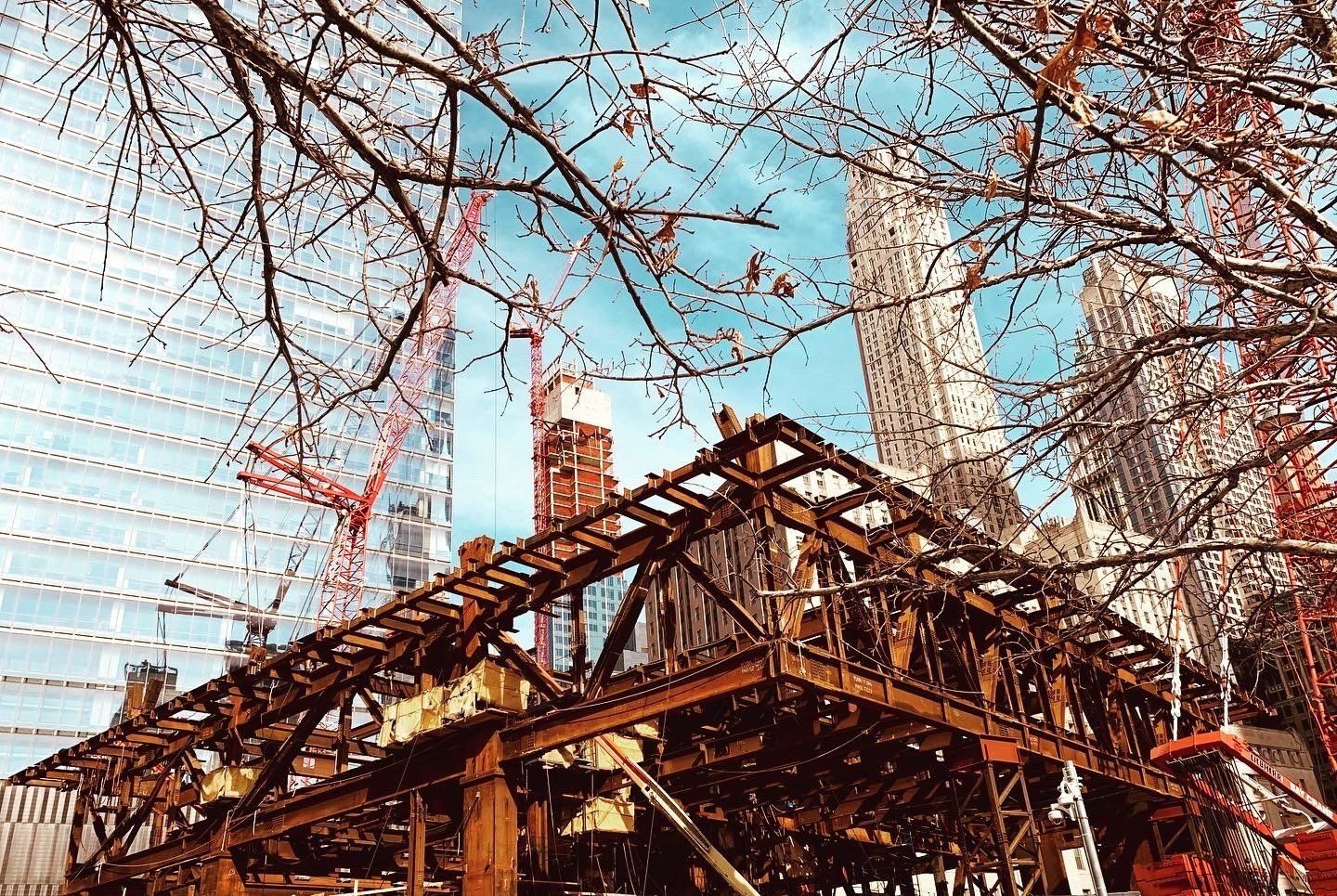PConstLaw - Latest Updates

Professional Indemnity Insurance Exclusions
How can you address PI exclusions while maintaining your professional obligation?
The Construction Leadership Council’s survey in early 2021 found that 78% of practices had some form of fire safety or cladding-related restriction on their policies. Of these, a significant proportion could only obtain PI insurance with blanket exclusions for fire safety advice that apply to all elements of a building. The wording of limitations varies, but it is not uncommon for such exclusions to cover all building types, making no distinction between higher risk tall buildings and a single storey residential project.

Free Evaluation
Sound construction legal advice is based on years of expereince, hard work, and passion, as well as familiarity with codes of practice and sound consideration. You’ll find all that and more at PAN Construction Law.
We will get back to you as soon as possible
Please try again later
About Us
We have been providing expert claims consulting and construction law advice to attorneys, building owners and developers, general contractors, insurance companies across the united states and worldwide for more than decade-long.
All Rights Reserve
Contact info
555 Madison Avenue, 5th Fl New York, New York, 10022
